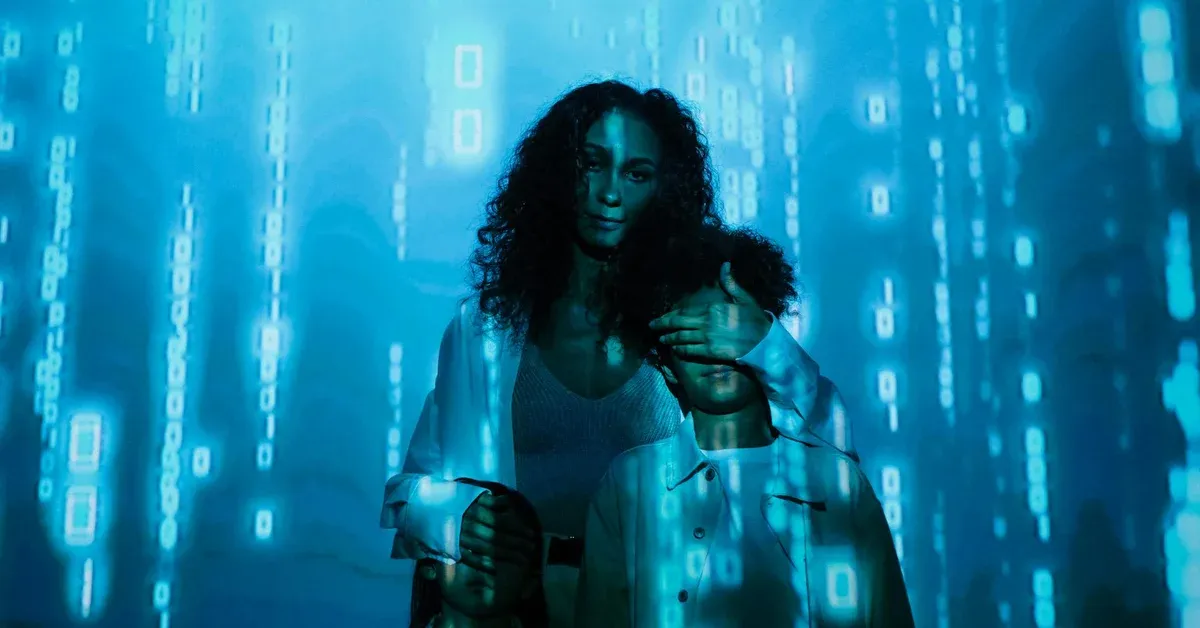
A New Jersey teenager is taking legal action against the makers of ‘ClothOff,’ an AI app that creates fake nude images from regular photos. This AI image manipulation lawsuit exposes a disturbing side of artificial intelligence that lets people create harmful content with just a few clicks.
We used to think of deepfakes as something that happened to celebrities or politicians. But now AI-powered clothes removal tools like ClothOff make it easy for anyone to create fake intimate images of real people without their permission.
The lawsuit targets AI/Robotics Venture Strategy 3 Ltd., claiming they built a product designed to harm people. Even though the company says their app can’t process images of minors, the reality tells a different story. This case could force developers to take responsibility for what their technology actually does.
How These Apps Work
These “undressing” apps use AI trained on massive datasets to guess what people look like without clothes. Users upload any photo, click a button, and get fake nudes in return. The simple web interfaces make these tools dangerously easy to use.
Companies behind these apps often claim their safety measures prevent misuse, especially with images of minors. But reports and lawsuits show these protections don’t work. The AI either can’t tell someone’s age or users find ways around the restrictions.
No matter how developers dress it up with fancy terms, these tools exist to violate privacy and cause harm. The technology itself creates the problem.
Real Harm to Real People
Having fake nude images created and shared without consent destroys lives. It affects mental health, relationships, and future opportunities. This isn’t just a tech issue - it’s a human crisis that needs legal action.
The teenager’s lawsuit isn’t alone. San Francisco is also suing 16 websites for spreading AI-generated intimate images without consent. This shows lawmakers are starting to understand how serious this problem is.
What makes this worse is the connection to child abuse imagery. Police are already seeing more AI-generated content showing minors. Federal law recognizes this problem - it doesn’t matter if the child in the image is real or not. But finding and prosecuting the people making this content remains difficult.
What This Means for AI’s Future
This AI image manipulation lawsuit and San Francisco’s legal action could change how we regulate AI tools. The tech industry’s “move fast and break things” approach doesn’t work when real people get hurt.
We need to ask hard questions about whether developers can really prevent their AI from being misused. Are the safety claims real, or just convenient excuses from companies making money off harmful technology?
The message is clear: unregulated AI development is ending. Courts are stepping in where ethics failed. Companies will need to build real safety measures, verify users’ ages properly, and actively monitor content - or face serious legal consequences. The fight for digital privacy and online safety is now in the courts, and the results will shape technology for years to come.